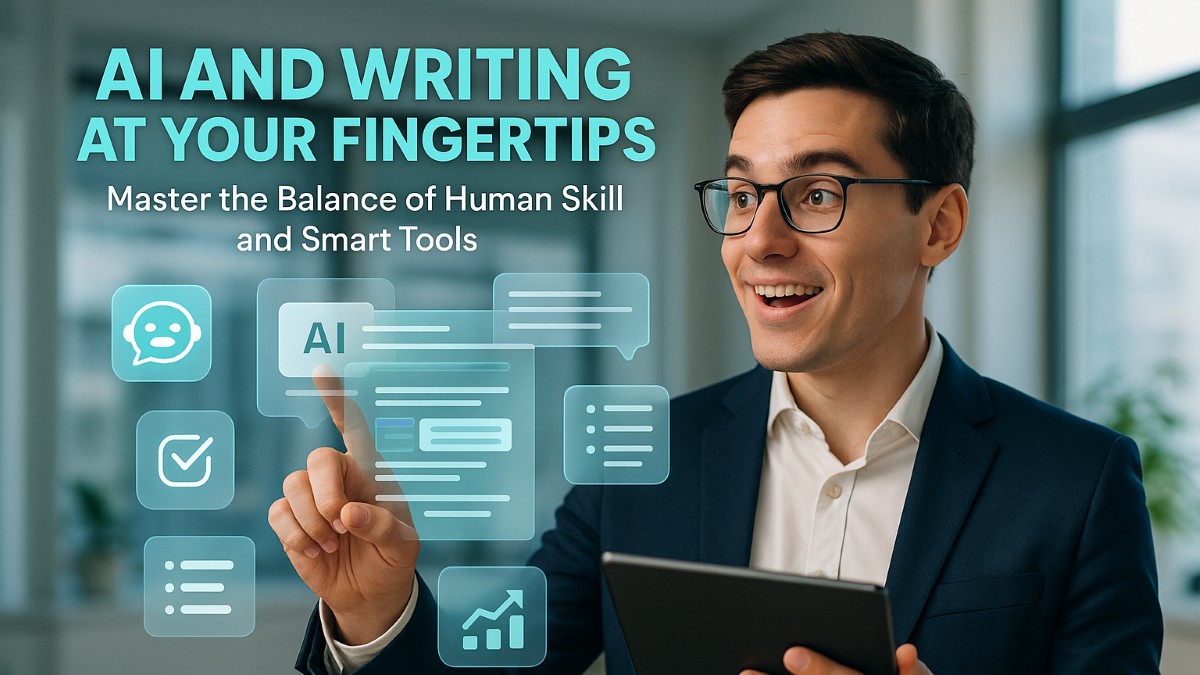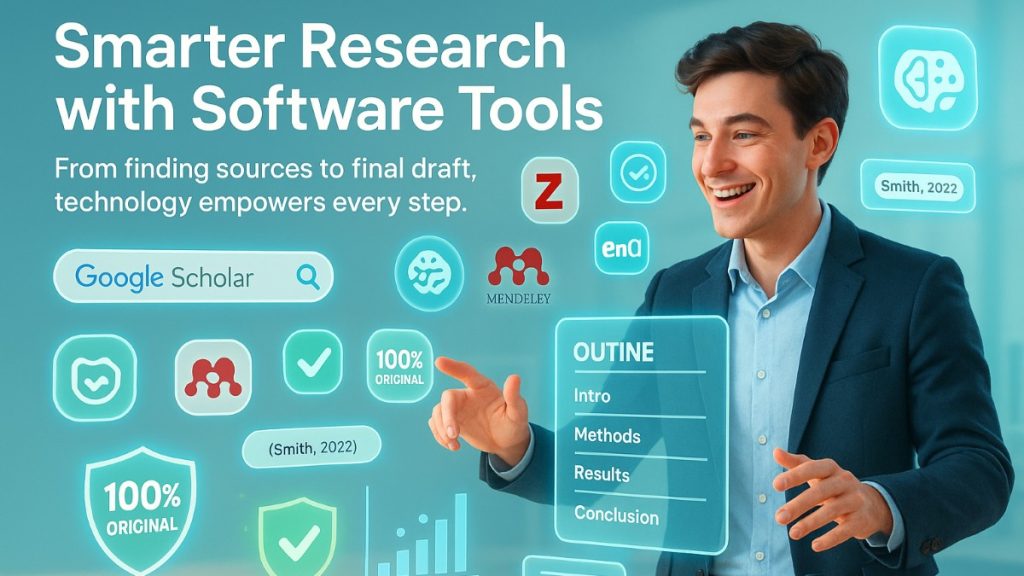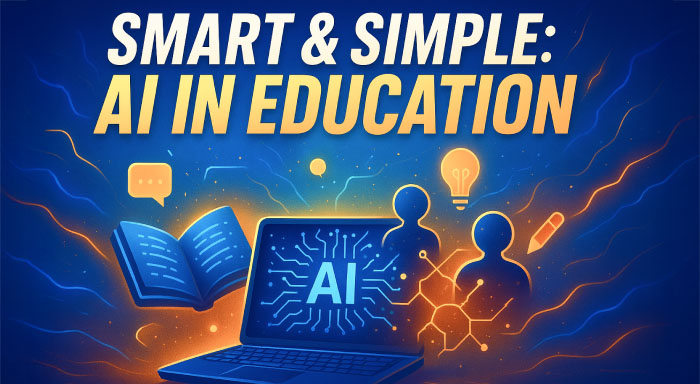The conversation around AI and writing now reaches every classroom and subject area. Middle school essays and graduate proposals both feel its steady influence today. Instructors ask how upcoming tasks
The conversation around AI and writing now reaches every classroom and subject area. Middle school essays and graduate proposals both feel its steady influence today. Instructors ask how upcoming tasks will change with the new tools in daily use. Students worry whether personal skill still matters when programs form paragraphs in seconds. Services like SpeedyPaper illustrate how writing education now mixes human guidance with AI helpers, showing how quickly student habits evolve.
Yet one core issue remains for learners using intelligent tools in class settings. They need clear guidance to write with confidence, voice, and honest intent. This article breaks the topic into compact points that invite quick understanding. It shows where machine aid fits and where traditional craft still leads practice. It also explains how to adjust without losing a unique and steady perspective. Moving through definitions, examples, and familiar classroom scenes provides direction. The goal is balanced choices about writing education today and across the next years. Parents can also ask for clear explanations about classroom technology choices. Advisors should help students build plans that include responsible tool use.
Understanding AI and Writing
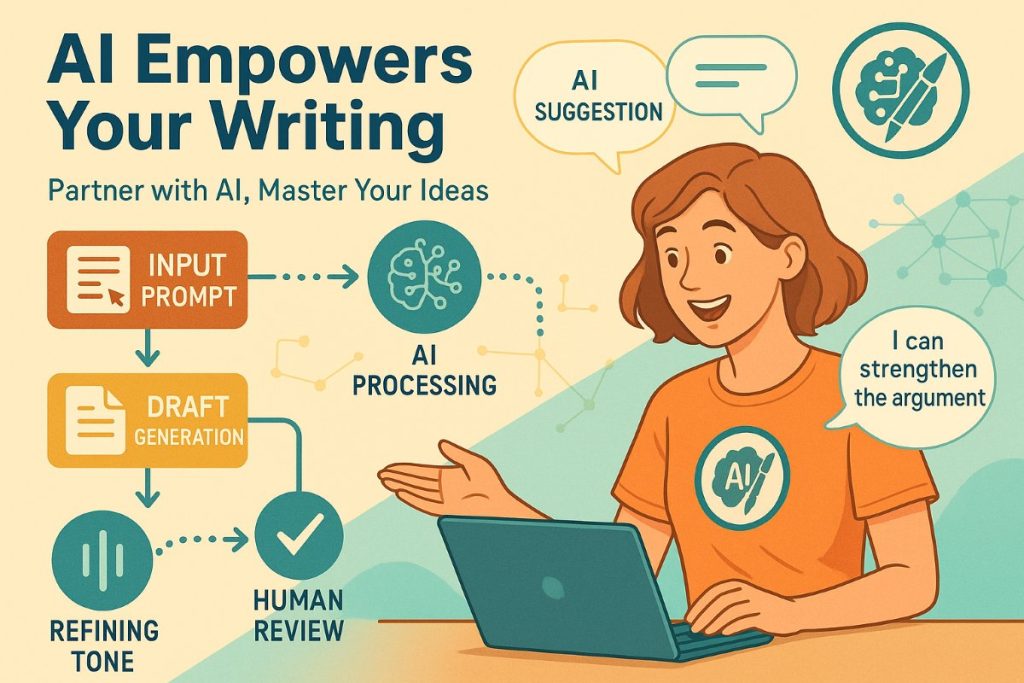
Artificial intelligence for language tasks is not magic; it is pattern finding at scale. When a student enters a prompt for a chatbot, the program scans huge text stores. It predicts which words often follow others based on learned trends across many sources. The result can read uncannily human, yet it still depends on formulas, not feelings. The tool grasps neither argument nor audience, since it mirrors patterns rather than meaning.
Knowing that difference helps students judge when automation saves time on routine steps. Human reasoning must still lead when choices about claims, tone, and logic appear. An AI draft can sketch a persuasive letter with headings and sample points. Only the writer decides which facts truly matter and how they will resonate. By treating AI as a partner, learners approach software like spell check and grammar aid. That mindset avoids blind trust and frees energy for higher-order thinking work. Students can refine evidence, shape tone, and align messages with clear academic goals.
What Is AI Writing
Ask many people to define AI writing, and you may hear many answers. Some describe a sophisticated autocomplete, while others imagine a full creative partner. In plain terms, AI writing refers to computer-produced text from limited human input. A user enters a prompt, and the system returns sentences, paragraphs, or long reports. It learns from books, articles, and web pages, then projects likely sequences of words.
The speed is striking, but the output often needs trimming for clarity, accuracy, and voice. Students should remember that the software does not hold facts; it generates guesses. Every machine-made claim needs checking against reliable sources that you can confirm. Treat those checks like citations for quotes or statistics in any research paper. Used wisely, the technology can spark ideas, suggest options, or expose weak logic. Relying on it for final drafts risks plagiarism and promotes shallow thinking habits. It can also weaken the careful reflection that strong writing skill always depends on.
AI and the Future of Education
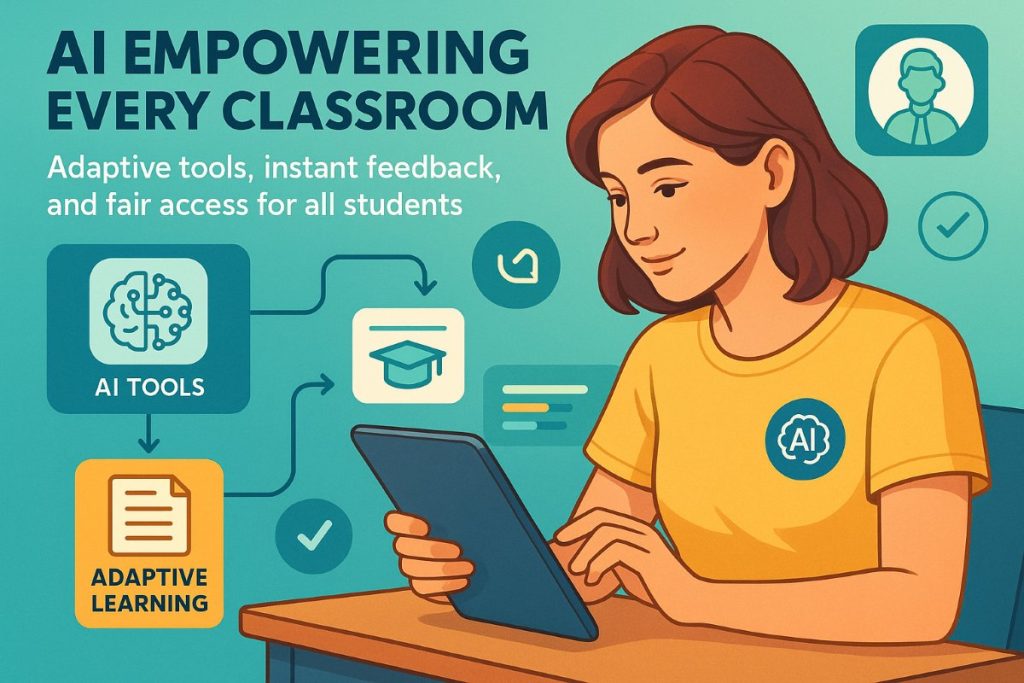
Schools adopt new tools often, from projectors to calculators to classroom tablets, and debate follows. AI may feel most disruptive yet, because it touches the act of forming ideas. Leaders now test adaptive tutors that suggest sentence starters and targeted vocabulary practice. Those systems draw on past work to offer hints suited to each learner’s needs. Such tailored help points toward classes with instant feedback on structure and tone. That might free teachers to guide deeper reasoning, research design, and source evaluation.
At the same time, budgets and training trail new promises in many districts today. This gap can widen differences between well-funded schools and those with scarce resources. Some students may only see free tools online, which vary widely in quality. These divides make planning for AI and the future of education vital and urgent. District leaders need funding models that support training and fair access everywhere. Clear guidelines, open materials, and teacher workshops can turn software into a bridge. The aim is not to replace proven lessons but to expand and strengthen them.
Core Writing Skills Still Matter
No matter how strong the software becomes, solid writing skills stay central to success. Academic progress and career growth both rely on clear thinking on the page. Grammar, logic, and audience sense are not extras; they are essential tools. They let writers judge whether an AI draft holds together and fits the purpose. Consider an organization as one example of a personal craft that still drives quality.
If a learner never mastered topic sentences, an auto outline can hide gaps. Transitions, paragraph focus, and evidence flow still require a trained human ear. Practice with these parts builds mental muscles used beyond essays and reports. Those gains support work in science labs, history projects, and everyday discussions alike. Teachers can underline this by assigning brief reflections that are handwritten or spoken aloud. Such routines highlight that writing education is also reasoning education in practice. With a strong base in place, AI can serve as a helpful sparring partner.
How to Adapt as a Student Writer
With change moving quickly, many learners seek ways to adapt without feeling overwhelmed. The first step is curiosity that leads to careful, low-risk exploration of tools. Spend time testing grammar checkers, idea generators, and outline builders across simple tasks. Note their strengths and limits, and compare outputs with your own guided revisions. Keep a brief log that records wins, misses, and how edits improved final results.
Next, schedule device off drafting sessions each week to build raw fluency. By facing a blank page, students build stamina and originality through steady practice. Then, use layered revision that mixes human judgment with targeted machine suggestions. Begin with a personal draft, invite AI to flag unclear lines, then review decisions. Keep, tweak, or discard each suggestion based on purpose, tone, and audience needs. Finally, stay current on school rules about citation and permissible use of tools. This routine builds agency and reduces stress during fast changes in expectations. Knowing policies avoids accidental misuse and supports honest habits across all projects.
Teaching Strategies for Writing Education
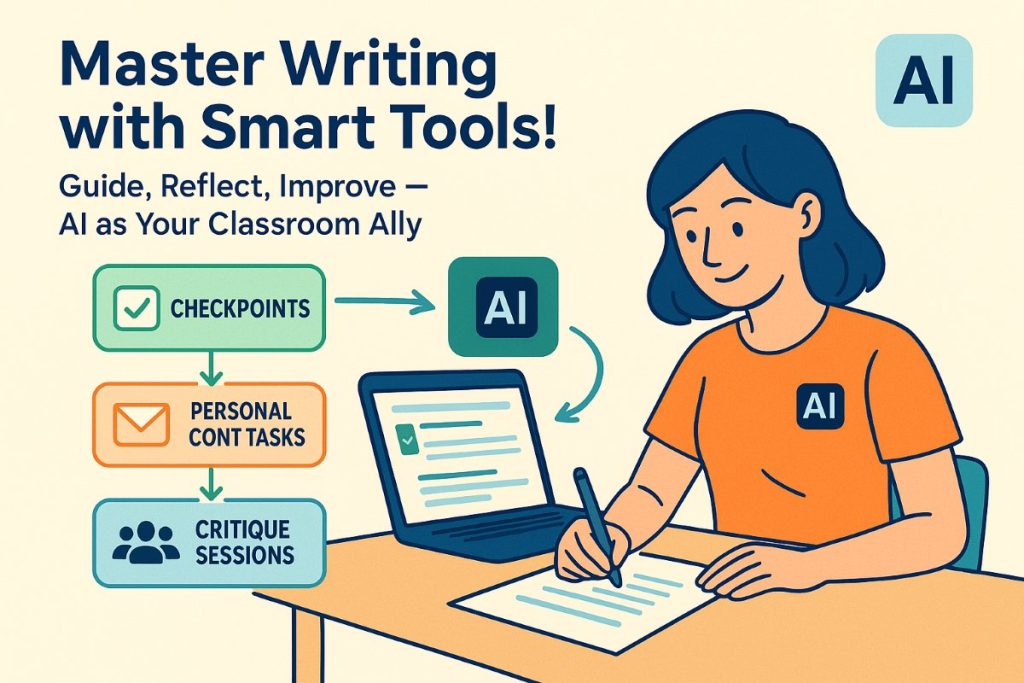
Educators face a double task: protect academic honesty while preparing students for smart tools. Effective writing education in this period can follow three simple and workable moves. Create transparent checkpoints that reveal thinking and invite feedback at several points. Draft outlines, peer notes, and revision logs give teachers a window into the process. You can also explore essential software tools for research paper writing that help streamline these steps. These checkpoints make it harder to hide heavy AI use behind polished text.
Design tasks that demand personal context based on local life or class data. A reflective letter to a local official asks for details only the writer knows. A science report that interprets lab results collected by the class needs context. Model the technology in plain view through short demos inside regular lessons and workshops. Show how an AI suggestion improves clarity, and also where the tool stumbles. Run occasional critique days where students compare machine proposals with human revisions. These routines build judgment, flexible creativity, and shared confidence in both spaces.
Ethical Considerations of AI and Writing
The buzz around algorithmic helpers can drown out serious and lasting ethical issues. Ownership of text made by models trained on millions of protected works remains disputed. Submitting a paper shaped heavily by a chatbot raises fairness concerns even with original ideas. Schools vary in policies, yet one guiding principle stands out across many settings. Open credit matters for any support that changes wording, structure, or source selection.
Students should cite AI support the same way they credit human editors or translation software. Straightforward notes maintain trust and let instructors judge learning and progress fairly. Privacy also matters because many free apps store inputs to refine their models. Unfinished chapters, sensitive data, or personal stories could enter public training sets. Reading privacy policies before pasting material protects both intellectual and personal information. Bias presents another concern since AI mirrors patterns that include errors and stereotypes. Writers must scan machine suggestions for slanted language, weak sources, and factual mistakes.
Looking Ahead: Building a Balanced Approach
The path ahead is not a split between pens and processors in strict camps. It calls for steady balance gained through practice and clear, repeatable habits. Students who respect tradition while exploring innovation will enjoy wide and varied chances. A practical plan for balance rests on three linked habits that reinforce one another. Awareness means learning about software updates and staying current on school policies. Practice means writing often with and without digital support across different subjects. That routine lets fluency and judgment grow together through steady, thoughtful effort.
Reflection means pausing after each project to write a short process review. Ask how the tool helped, how it hindered, and what to try next time. When these habits become routine, AI and writing feel like parts of one flexible toolkit. That toolkit supports persuasive essays, lab reports, cover letters, and creative stories alike. People who blend careful craft with smart feedback will choose tools with calm confidence. Strong habits let writers face new tasks with calm, steady focus daily. Expectations will keep shifting as software changes, and writing goals will adjust as well. The human need for clear stories, truthful data, and fresh expression will remain central.
Respond to this article with emojis



